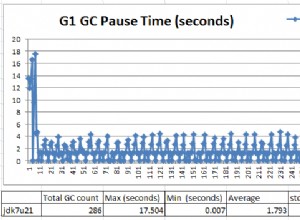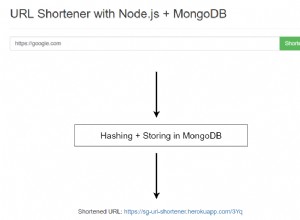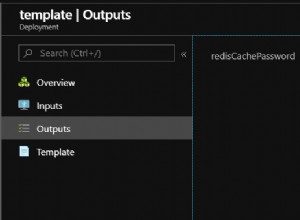Achatar uma matriz pode levar a documentos bastante grandes, porque para cada elemento interno da matriz, todos os dados de seu elemento externo devem ser repetidos (e isso para todos os níveis).
Portanto, se achatar não for uma opção, aqui está uma solução alternativa enquanto aguarda a funcionalidade aprimorada no Jira mencionado (SERVIDOR-831 ):
- leia o documento em uma variável
- manipule a matriz
- atualize o documento, reescrevendo todo o array
Dado seus exemplos, ficaria assim:
doc = db.xx.findOne( {_id:1} );
doc.properties.forEach( function(p) {
if ( p.property_id == 2 ) {
p.tags.forEach( function(t) {
if ( t.tag_id == 3 ) {
t.tag_value = 100;
}
else if ( t.tag_id == 4 ) {
newChannel = {};
newChannel.channel_id = 5;
newChannel.channel_name = "test5";
t.channels.push(newChannel);
}
})
}
});
db.xx.update({_id:1},{$set:{properties:doc.properties}});
O resultado é:
doc = db.xx.findOne({_id:1})
{
"_id" : 1,
"properties" : [
{
"property_id" : 1,
"tags" : [
{
"tag_id" : 1,
"tag_value" : 1000,
"channels" : [
{
"channel_id" : 1,
"channel_name" : "test1"
},
{
"channel_id" : 2,
"channel_name" : "test2"
}
]
},
{
"tag_id" : 2,
"tag_value" : 2500,
"channels" : [
{
"channel_id" : 2,
"channel_name" : "test2"
},
{
"channel_id" : 3,
"channel_name" : "test3"
}
]
}
]
},
{
"property_id" : 2,
"tags" : [
{
"tag_id" : 3,
"tag_value" : 100,
"channels" : [
{
"channel_id" : 1,
"channel_name" : "test1"
},
{
"channel_id" : 3,
"channel_name" : "test3"
}
]
},
{
"tag_id" : 4,
"tag_value" : 5000,
"channels" : [
{
"channel_id" : 1,
"channel_name" : "test1"
},
{
"channel_id" : 5,
"channel_name" : "test5"
}
]
}
]
}
]
}




